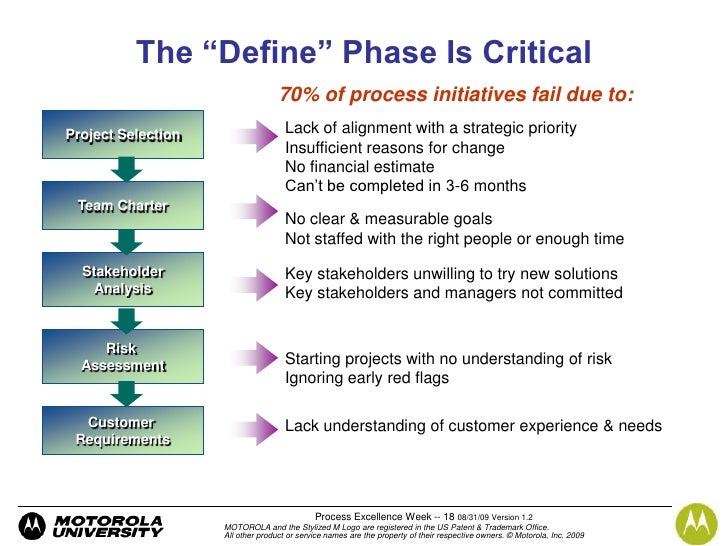Lack Of Randomness In The Key Generation Process
- Lack Of Randomness In The Key Generation Process Video
- Lack Of Randomness In The Key Generation Process Theory

In computing, a hardware random number generator (HRNG) or true random number generator (TRNG) is a device that generates random numbers from a physical process, rather than by means of an algorithm.Such devices are often based on microscopic phenomena that generate low-level, statistically random 'noise' signals, such as thermal noise, the photoelectric effect, involving a beam splitter,. For example, physicists can record the reflection, or lack thereof, of light particles against a mirror to generate a random string of 1s and 0s. Other methods include splitting a beam of light into two beams and then measuring the light intensity of each beam as it fluctuates to generate random numbers. At the heart of all cryptographic systems is the generation of secret, unguessable (i.e., random) numbers. The lack of generally available facilities for generating such random numbers (that is, the lack of general availability of truly unpredictable sources) forms an open wound in the design of cryptographic software. Randomness can readily be exploited to generate symmetric cryptographic keys. To generate symmetric keys and to assess the feasibility of the key generation scheme we developed a model of communication links between the vehicular transceivers Alice(A) and Bob(B) and another communication link between Alice(A) and the adversary Eve (E) ( Fig.1). Easy-to-guess values) as the seed for its pseudo-random num-ber generator. This bug caused affected machines to select a 1024-bit RSA modulus from a pool of fewer than one million values, rather than the near-21000 possible values 41. By replaying the key generation process using each of the one.
- Cryptography Tutorial
- Cryptography Useful Resources
- Selected Reading
The Data Encryption Standard (DES) is a symmetric-key block cipher published by the National Institute of Standards and Technology (NIST).
DES is an implementation of a Feistel Cipher. It uses 16 round Feistel structure. The block size is 64-bit. Though, key length is 64-bit, DES has an effective key length of 56 bits, since 8 of the 64 bits of the key are not used by the encryption algorithm (function as check bits only). General Structure of DES is depicted in the following illustration −
Since DES is based on the Feistel Cipher, all that is required to specify DES is −
Windows xp home edition sp3 key generator. It permits to the users to use the new key without any using the installing method of windows repeating.Windows XP Activation Crack Serial Number can easily solve the several problems by using this important Microsoft tool which is available on this site with simple and easy installation way. Basically the purpose of launching to this software is to provide another product key for your windows. Download Setup File Windows XP Activation Crack and Serial Number Key Free DownloadWindows XP Activation Crack Key is one of the most popular products of Microsoft windows. Microsoft developer creates an amazing application on windows XP activation for 32Bit and 64Bit.
- Round function
- Key schedule
- Any additional processing − Initial and final permutation
Initial and Final Permutation
The initial and final permutations are straight Permutation boxes (P-boxes) that are inverses of each other. They have no cryptography significance in DES. The initial and final permutations are shown as follows −
Round Function
The heart of this cipher is the DES function, f. The DES function applies a 48-bit key to the rightmost 32 bits to produce a 32-bit output.
Expansion Permutation Box − Since right input is 32-bit and round key is a 48-bit, we first need to expand right input to 48 bits. Permutation logic is graphically depicted in the following illustration −
The graphically depicted permutation logic is generally described as table in DES specification illustrated as shown −
Lack Of Randomness In The Key Generation Process Video
XOR (Whitener). − After the expansion permutation, DES does XOR operation on the expanded right section and the round key. The round key is used only in this operation.
Substitution Boxes. − The S-boxes carry out the real mixing (confusion). DES uses 8 S-boxes, each with a 6-bit input and a 4-bit output. Refer the following illustration −
The S-box rule is illustrated below −
There are a total of eight S-box tables. The output of all eight s-boxes is then combined in to 32 bit section.
Straight Permutation − The 32 bit output of S-boxes is then subjected to the straight permutation with rule shown in the following illustration:
Key Generation
The round-key generator creates sixteen 48-bit keys out of a 56-bit cipher key. The process of key generation is depicted in the following illustration −
The logic for Parity drop, shifting, and Compression P-box is given in the DES description.
DES Analysis
Driver toolkit license key generator online. The DES satisfies both the desired properties of block cipher. These two properties make cipher very strong.
Avalanche effect − A small change in plaintext results in the very great change in the ciphertext.
Completeness − Each bit of ciphertext depends on many bits of plaintext.
During the last few years, cryptanalysis have found some weaknesses in DES when key selected are weak keys. These keys shall be avoided.
Lack Of Randomness In The Key Generation Process Theory
DES has proved to be a very well designed block cipher. There have been no significant cryptanalytic attacks on DES other than exhaustive key search.